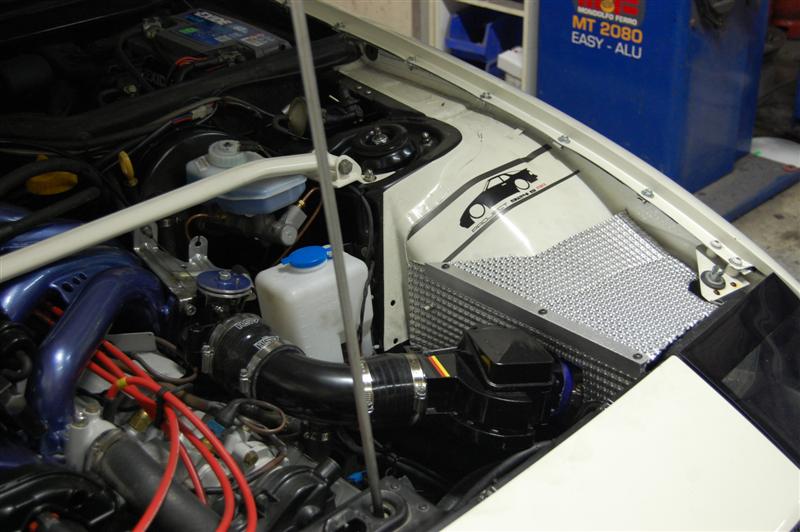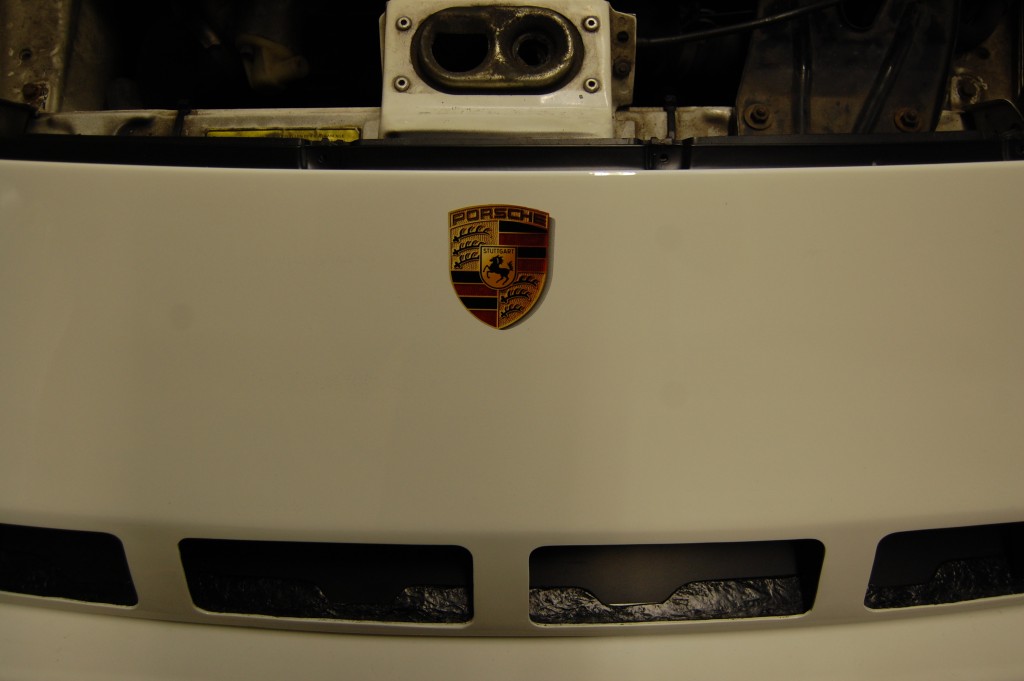Interesting thread.
Things I would pick up on from my experience.
320 BHP at about 5500 rpm and 385 Ft/Lbs of torque at 4000rpm is quite easy to get from a 944 Turbo (250) car by using just a dual port wastegate, inteligent chipset (with FPR) and a good manual boost controller setup alone with the right parts (just those three items) and a good engine. We have been churning those out for about two decades without a single rod failure and more than half of those would be on cars with the cast rods, rather than the forged rods as standard.
The only problem around that point is that the standard fuel pump and injectors will be getting close to maximum capacity.
Around 340 bhp the standard airflow meter becomes a choke point.
With a manual boost controller, boost will begin to bleed off at about 5500 rpm to the redline, causing a lower bhp at maximum rpm, however an electronic boost controller at that point will hold that 320 bhp all the way to the redline usually and may see maximum torque happening a little earlier.
We have had a few cars at 395 to 400 fr lbs of torque, some peaking as low as 3500 rpm, with 400 to 420 bhp with some additional tuning items to break the limits of the airflow meter, exhaust, turbo discharge and intercooler (without going mad) on original engine internals again without a failure, running on a standard head gasket and pistons.
One car had 150,000 miles on it with 398 ft/lbs of torque, 417 BHP... The customer wanted a 2.8 engine, so had us tune the standard high mileage 2.5 engine and decided when it blew, he would have it rebuilt as a 2.8 and transfer the tuning parts across... We told him it would probably be fine, and 20,000 miles later of him abusing it, trying to blow it up, it was still fine when eventually he had a lorry hit the car!
When we rebuild a 2.5, we try to get hold of forged rods if the original engine does not have them, if not we usually guide the customer towards a particular brand of forged rods, but to be honest, unless the customer is shooting for over 350 bhp and 400 ft/lbs, I would expect the cast items to still be ok.
For the 2.8, 3.0 and 3.2 engine builds, we use forged aftermarket rods, partly for weight reduction, partly for insurance against a potential failure as I do not want a customer who is potentially spending £20k on an engine to be our test dummy for how far standard rods will go.
The biggest cause of engine failures (apart from number 2 big end failures) are typically over skimmed heads (which crack bores) where a standard compression ratio is expected during tuning, or detonation and piston damage (usually warning signs of plug issues) on number 4 cylinder which is usually fuel starvation.
There are a number of things that can be done to stop the number 2 bearing failure during an engine build.
One thing we do not tend to do is lighten flywheels and cranks, except for race engines (where those mods are not outlawed) as Blade7 mentioned, Harmonics are a key problem, especially with 104 and bigger pistons and 3.0 cranks, which is the key reason why Porsche used the balance shafts even in a standard engine, which is often misunderstood as a vibration issue, but is more a harmonic issue with vibration amplification at certain rpms.
There are ways around the harmonic problem with a particular hybrid engine component set.
With the standard format of intercooling, the 924 turbo badge panel is a bad idea, the original venturi is designed to slow down the air by the time it hits the intercooler, which is why it has the small inlet that then expands out from about an inch to being 5 inches tall at the intercooler, with increased airspeed the boundary layer around the fins of the intercooler causes reduced airflow and increased turbulance, we found better ways of enhancing the intercooler. There is potentially benefits to the 924 turbo badge pannel if using a taller intercooler and similar airflow management to allow the increased airflow to slow down from the road speed to a speed that works with that core.
Back to rods, I have seen standard rods fail on a couple of engines in the community, but usually where the person has been having tuning issues.. One such member of this forum had a rod failure on his way home from spending a day on a dyno trying to extract some power from his car, but found he was hitting a wall at around 360 bhp and was not hitting the torque levels he wanted, but as an observer I could see what he was missing and why his rods failed on his way home, which was all due to him spending a day trying to get a bad engine management package working on his car, which stressed the hell out of his engine after several hours on a rolling road as well as months before being spent trying to get an even worse package working!.
Many different ideas bouncing around on this post, so I thought I would just add all of the above as my experience with the different ideas, with about 28 years under my belt with 944 turbos as a pet love, I have tried just about every avenue to death, have found what works and what does not.
Having said that, I have had a massive amount of fun along the way, even on the lows of watching an engine or ten eat themselves on the engine dyno, so I would never poo poo a member of the community trying out their own ideas, everyone wants something different from their project, and we even fit expensive rods to big engine builds for a warm fuzzy feeling more than "knowing" they are needed... Likewise, I use custom pistons on these builds, even though people like barry hart had some success using machined down S2 pistons in a 3.0 engine, and in the states some are using some crazy chevy pistons, I use the custom made ones for insurance and a warm fuzzy feeling that we have done all we can to make the thing bullet proof.
Over the years we have built so many projects for customers, which it became apparent was not compatible with the business.. I might start a new thread on that, as there are some things that need to be said.. But from now on we only deal in what we know works as a package, which can give a customer anything from a 10 bhp increase to taking their car to a true 400/400 (torque/BHP) car or more.. Other than that, the experimental projects will be my own cars... So I continue to tweak, I continue to advise and I continue to tune, but in house I no longer let customers mix products (such as an LR turbo, a Pilgrims Choice ECU and an intercooler from a chieftain tank onto one of our 2.8 engines)... The reason I mention this is that with projects, every vendor has their own products designed often to work with their own products.. Things like our products will work with other peoples kit, but often the outcomes can be less predictable.. So enjoy your projects, but just be careful of how you mix products, unfortunately it isnt like lego, things might plug together, but the outcomes can be unpredictable and if you find a vendor you trust the knowledge of, if he says something, trust it.. Or find someone you do trust..
But as I said... Half the fun is playing about and coming up with your own ideas and trying them.. which I would never rob from anyone.











